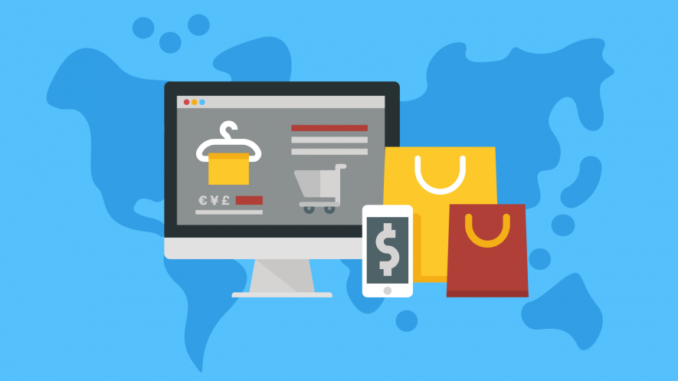
The number of women entrepreneurs who opt to do business online is growing. Having an online business and in particular, an online eCommerce store allows for freedom and flexibility, which is ideal for managing work-life balance. It allows women to have the opportunity to grow and scale their business as they feel is best and on their own timetable.
One thing a lot of female entrepreneurs are particularly interested in when it comes to scaling their eCommerce businesses right now is international expansion. Targeting customers who live in other countries outside the U.S. provides new opportunities with less competition.
With that being said, there are logistical considerations that can’t be overlooked. For example, what if you are working with local artisans and you need to send money to Guatemala, and then you need to on the same day receive payments from someone in Ireland? How do you do it all in a way that’s time and cost-effective?
The following are some tips for female entrepreneurs looking to expand their eCommerce businesses internationally.
Figure Out How You’ll Send and Receive Money
Before you do anything, you will need to find a payment service that will let you accept foreign payments, and if necessary, send them as well. There are lots of great eCommerce tools for this.
You should look at the fees they’ll charge, the guarantees they make about how long it will take payments to be received, and whether or not the transfer service covers the geographic areas you want to target.
Learn the Culture
When you’re just starting an international expansion, you might not even realize how much culture plays into customers’ buying habits and patterns. It can affect everything from the products purchased to how they prefer to pay.
Of course, as an eCommerce retailer, you’re probably not going to learn every detail of the culture where you plan to sell, but it can be helpful to have a general idea of what customers expect culturally before expanding your online business.
Something else to think about are holidays that are more specific to one region of the world. You might want to offer sales or special events during holidays where you plan to sell.
What is the Product Demand?
Along with learning some of the things about the culture where you plan to sell that can influence buying habits, you might also want to see what the demand for products is like. Where are there gaps that currently exist in the markets you’re considering expanding into?
Where can you fill a void that might exist?
Basically, the goal when you expand internationally is to provide a shopping experience that feels very localized, just as you probably try to achieve with your U.S.-based customers.
Security
When you’re expanding your business beyond the borders of the U.S., issues of security and safety can become even more challenging to manage. You’ll have to research red flags for fraudulent international payments. They’re harder to spot because you might just think they’re normal international payments.
You’ll also want to find a payment platform that’s going to work across borders and provide a high level of security and protection for everyone involved.
Optimizing Your Site
When you decide you want to sell to international customers, you have some options regarding optimizing your site. One option is to keep your website as-is but make sure that you highlight your ability to take international payments and ship to customers around the world. This can be a good place to start, however, once you get more advanced, you can create custom websites or landing pages for the markets you plan to target.
There are other options outside of just selling on your own website as well. For example, some sites like eBay and Amazon make it pretty easy to sell anywhere in the world, and there may be specific protections against fraud.
Be Mobile-Friendly
The use of mobile devices isn’t just pervasive among your U.S. customers. It’s growing massively around the world. For example, 90% of Chinese consumers say they have made purchases using their mobile phone. You want to ensure you’re providing mobile-friendly buying options for your potential customers around the world.
However, keep in mind that Android is the most commonly used mobile system used around the world as opposed to iOS which is most popular here in the U.S.
Finally, don’t try to expand everywhere all at one time. A much better option is to start small. Find one area you’d like to target where you feel they would have an interest in your niche or products. Optimize your site, figure out how to best accept payments, and start marketing to people in this one area.
Then, once you get the hang of what it takes to attract and work with international customers, you can move outward from there and go to other countries or regions. You don’t have to do it all at once, just like you didn’t do everything all at one time when you built your eCommerce site for U.S. customers.




Be the first to comment